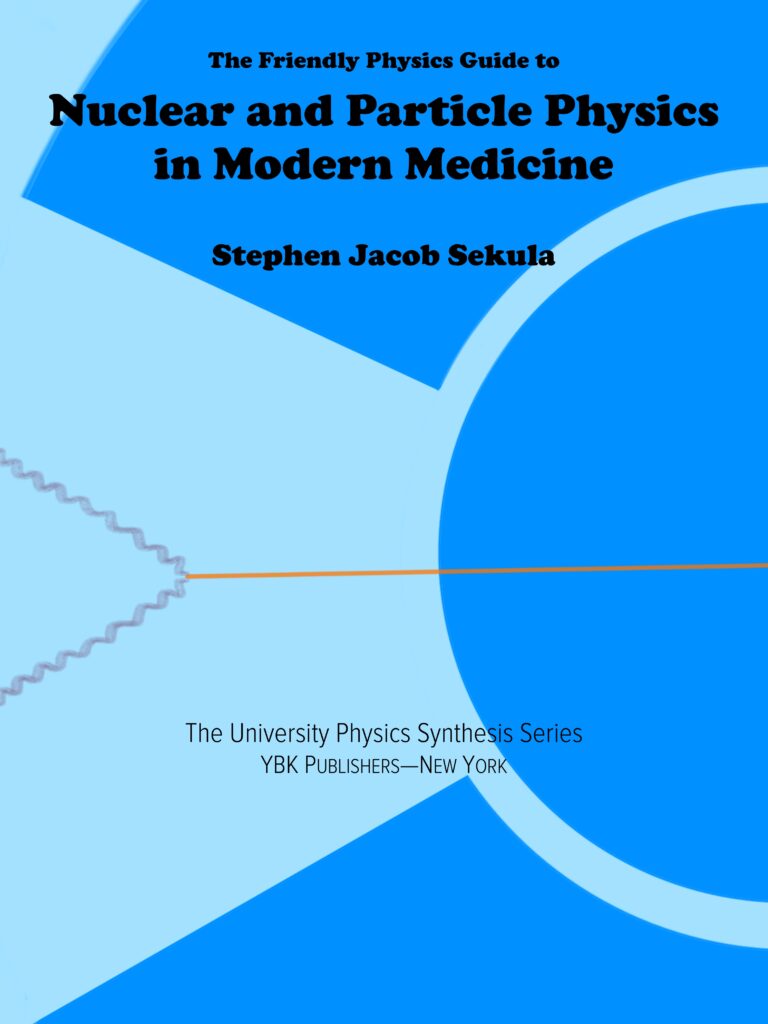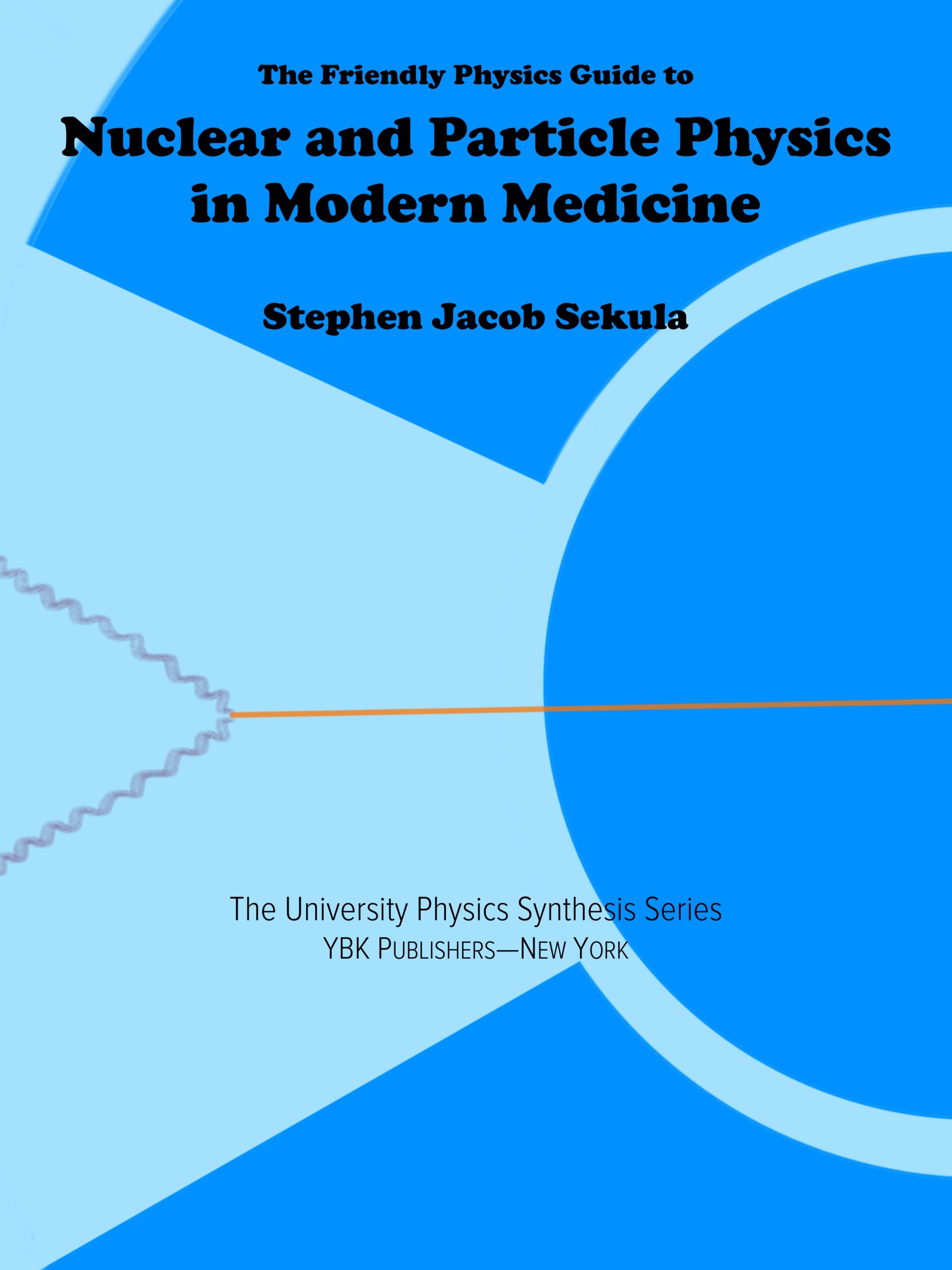
Non-fiction. Nuclear and Particle Physics in Modern Medicine (Volume One, A Bite of Newton’s Apple) shows the interested reader how nuclear and particle physics have led to the creation of devices that image the body and go further to treat disease in a non-invasive or mostly non-invasive way. You will be shown how this is done through nuclear medicine—from the heart of the atom to the hospital laboratory—without the need for math or a prior familiarity with the subject.
You will tour the atom and its parts, make the connection to radiation and radioactivity, and meet some of the scientists whose key discoveries later led to modern nuclear medicine. You will then journey deeper into the heart of the atom and come to understand why the nucleus, and nuclear forces, extend to, and play essential roles in, the cosmos as well as work in the identification and treatment of disease. It ties together the underlying structure of matter and forces, relating them to familiar practices that are seen to enhance everyday human lives. The reader will understand how modern medicine incorporates basic nuclear science into life-saving practical applications.
The Friendly Physics Guide to Nuclear and Particle Physics in Modern Medicine (The Core of Newton’s Apple: Volume Two) bridges key ideas from A Bite of Newton’s Apple (Volume One) to develop interesting physics questions and establishes problems that the reader will learn to solve using first-year college physics and mathematics.
It puts ideas that are taught at a fast (and shallow) pace during first-year college physics into an interesting context relating its direct application to nuclear medicine and an understanding of why and how these technologies work. The reader will see just how powerful even basic college physics is in understanding the frontiers of modern medicine.
You will explore the construction of medical-grade particle accelerators, review models of the atomic nucleus, evaluate the energy released in nuclear reactions, and measure the penetrating power of its radiation.
Practical problems are accompanied by detailed explanations and solutions, guiding the student from basic concepts to deep insights into the nature of reality. The classroom and the medical locale become one through physics concepts, mathematical techniques, and critical thinking.
All of the books in The Friendly Physics Series are meant for both lay-interested individuals who want to discover the wonders of physics, or in their second fashioning, for college students at the sophomore level and higher who want to rediscover the collective wonder of that subject while developing and increasing their problem-solving skills.
Each is written in a style meant to be understood by the audience to which it is addressed. Each title comes in two parts. The first (always pre-titled A Bite of Newton’s Apple) is meant for lay-interested readers and college students who want to explore the deeper context of physics. The Bite requires little or no mathematical comfort. The second part (The Core of Newton’s Apple) goes deep into the application of physical ideas, problem-solving approaches, and mathematical exploration. The Core expects that the reader will have experience with first-year college-level physics.
